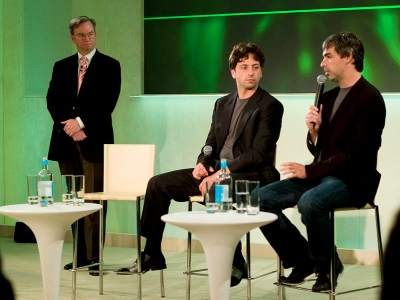Is Google’s VP8 codec ready for prime time? Well, not according to digital video expert Jason Garrett-Glaser, who described the spec as slow, buggy and nearly identical to H.264.
“The spec consists largely of C code copy-pasted from the VP8 source code — up to and including TODOs, ‘optimizations,’ and even C-specific hacks, such as workarounds for the undefined behavior of signed right shift on negative numbers. In many places it is simply outright opaque. Copy-pasted C code is not a spec,” opined Garrett-Glaser.

“The VP8 spec…is imprecise, unclear and overly short, leaving many portions of the format very vaguely explained. Some parts even explicitly refuse to fully explain a particular feature, pointing to highly-optimized, nigh-impossible-to-understand reference code for an explanation.”
According to Garrett-Glasser, VP8 is not “even close” to being competitive with either H.264 Main or High Profile.
“VP8, as an encoder, is somewhere between Xvid and Microsoft’s VC-1 in terms of visual quality. [And] VP8, as a decoder, decodes even slower than ffmpeg’s H.264. This probably can’t be improved that much,” he explained.
“With regard to patents, VP8 copies way too much from H.264 for anyone sane to be comfortable with it, no matter whose word is behind the claim of being patent-free. [So, no], VP8 is not ready for prime-time; the spec is a pile of copy-pasted C code and the encoder’s interface is lacking in features and buggy.”






